
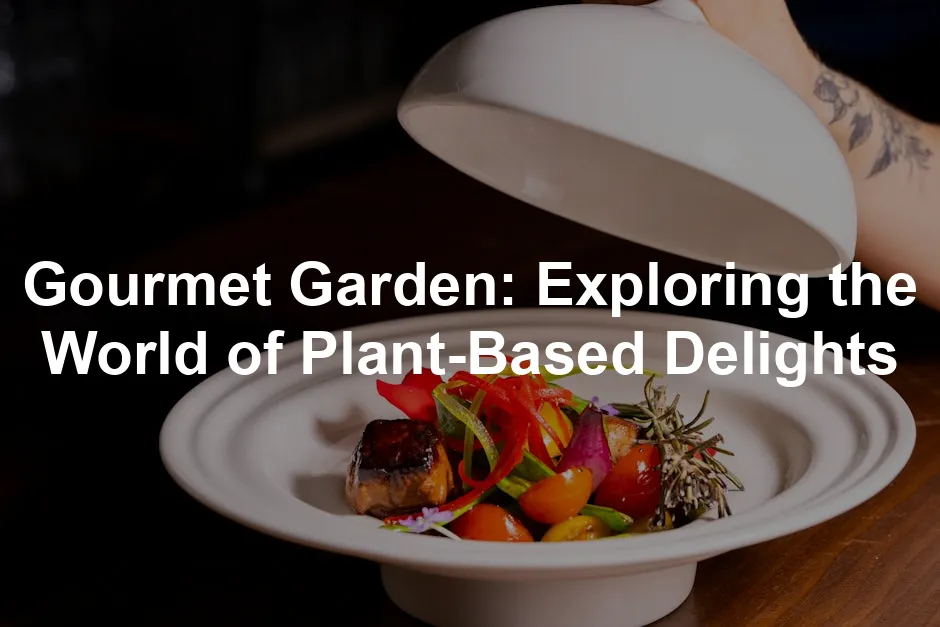
Gourmet Garden: Exploring the World of Plant-Based Delights
Introduction
Have you ever thought about growing your own food? A gourmet garden makes this dream a delicious reality. It’s a space where you cultivate fresh herbs and vegetables, enhancing your culinary adventures. With the rise of plant-based diets and gourmet cooking, these gardens have become more popular.
This trend emphasizes health and sustainability. Cooking with fresh ingredients not only tastes better but is also good for our planet. Are you ready to discover the joy of planting? If you’re looking to get started, consider an Indoor Herb Garden Starter Kit to kick off your gardening journey!
Summary and Overview
A gourmet garden combines various components. It includes herbs, vegetables, and sometimes fruits. Each plant contributes unique flavors and nutrients. Growing your own produce means enjoying fresher, tastier meals right from your backyard.
The benefits of having a gourmet garden are numerous. First, you’ll experience vibrant flavors that store-bought produce can’t match. Secondly, homegrown veggies are packed with nutrition. Finally, these gardens promote sustainable practices, reducing your carbon footprint. And to ensure your garden thrives, consider using an Organic Vegetable Seeds Variety Pack to start with a diverse selection!
As plant-based diets gain traction, gourmet gardens fit perfectly into this lifestyle. They provide fresh ingredients for healthy meals, making it easier for you to embrace this way of eating.

Importance of a Gourmet Garden
Health Benefits of Plant-Based Ingredients
Growing your own herbs and vegetables has incredible health advantages. Homegrown produce is often richer in nutrients. You control what goes into your garden, ensuring no harmful pesticides or chemicals. To keep your hands safe while you dig, don’t forget a good pair of Gardening Gloves with Fingertips for precision!
Incorporating more plant-based foods into your diet can boost your overall health. Research shows that eating more fruits and vegetables can lower the risk of chronic diseases. Statistics reveal a rising trend in plant-based eating habits, with more people choosing meat alternatives.
Imagine how much healthier and enjoyable your meals can be when you use ingredients straight from your garden! And if you’re looking for a way to preserve your harvest, consider a Food Dehydrator for Preserving Produce!
Environmental Impact
Home gardens play a crucial role in sustainability. By growing your own food, you reduce reliance on commercial agriculture. This shift not only lessens the need for transportation but also cuts down on harmful chemicals. For those who want to take it a step further, consider investing in a Compost Bin for Kitchen Waste to recycle your scraps!
When you source ingredients locally, you significantly lower your carbon footprint. Transporting produce long distances contributes to pollution. Homegrown herbs and vegetables are fresher and often more nutritious. Plus, you know exactly how they were grown, promoting healthier choices.
Organic gardening practices enhance this positive impact. Using eco-friendly methods like composting and natural pest control fosters a thriving ecosystem. Creating a gourmet garden at home aligns with sustainable practices. It’s a small step that contributes to a larger goal of environmental stewardship.
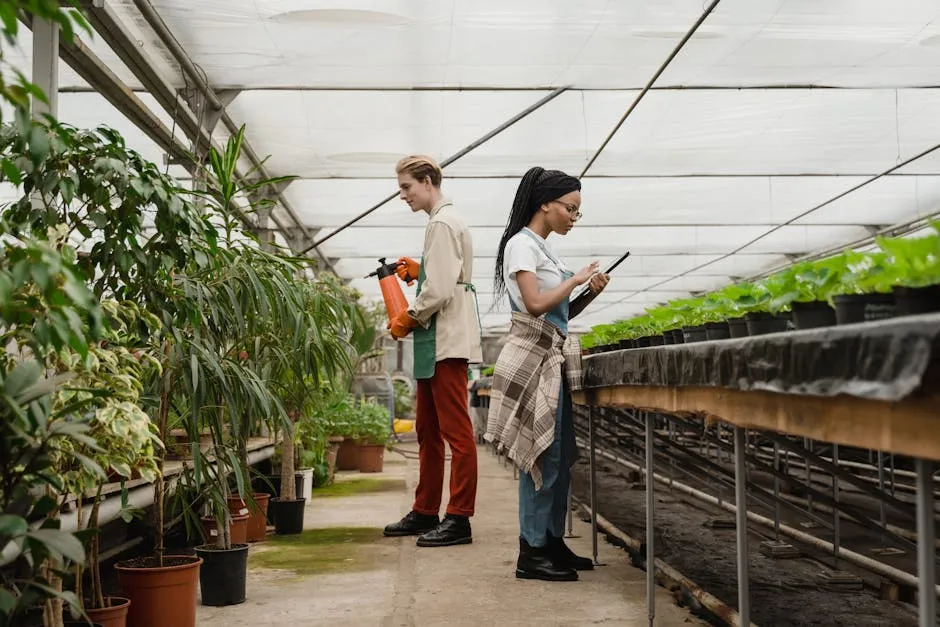
Using eco-friendly methods like composting can greatly enhance your garden’s sustainability. Guide to composting in small backyard spaces
Culinary Exploration
Imagine stepping into your kitchen, surrounded by fresh herbs and vibrant vegetables. A gourmet garden transforms cooking into an exciting experience. Homegrown ingredients elevate your dishes, making them tastier and more nutritious.
You can experiment with countless gourmet recipes using your harvest. Think fresh basil for homemade pesto or ripe tomatoes for a vibrant salad. Popular herbs like rosemary and thyme pair well with roasted dishes, while crunchy vegetables add texture to stir-fries. And when you’re ready to chop, a Vegetable Chopper for Meal Prep can save you time!
Growing your own produce sparks creativity in the kitchen. The satisfaction of using fresh ingredients can’t be matched. It encourages you to try new recipes and flavors, making meals more enjoyable. And if you want to take it a step further, check out a Cookbook for Plant-Based Recipes to inspire your culinary journey!

Planning Your Gourmet Garden
Selecting the Right Location
Choosing the right spot for your garden is key. Look for an area that gets plenty of sunlight. Most vegetables thrive with six to eight hours of direct light daily.
Check the soil quality as well. Well-drained, nutrient-rich soil supports healthy plant growth. If space is limited, consider container gardening. This method allows you to grow herbs and vegetables even in small areas, like balconies or patios. For container gardening, a Raised Garden Bed Planter can maximize your space!
With a little planning, your gourmet garden can flourish anywhere!
Choosing the Right Plants
Creating a gourmet garden starts with selecting the right plants. Here are some ideal herbs and vegetables to consider:
- Basil: Perfect for pesto and salads.
- Thyme: Adds depth to roasted dishes.
- Chives: Great for garnishing soups and salads.
- Tomatoes: A must-have for fresh sauces and salads.
- Peppers: Spice up your dishes with sweet or hot varieties.
- Lettuce: Fresh greens are essential for salads.
- Carrots: Crunchy and sweet, perfect for snacking.
Planting should align with the seasons. In spring, focus on leafy greens and herbs. Summer is for tomatoes and peppers. In fall, consider root vegetables like carrots. Crop rotation is vital. It prevents soil depletion and pest buildup. Changing plant families each season keeps your garden thriving.
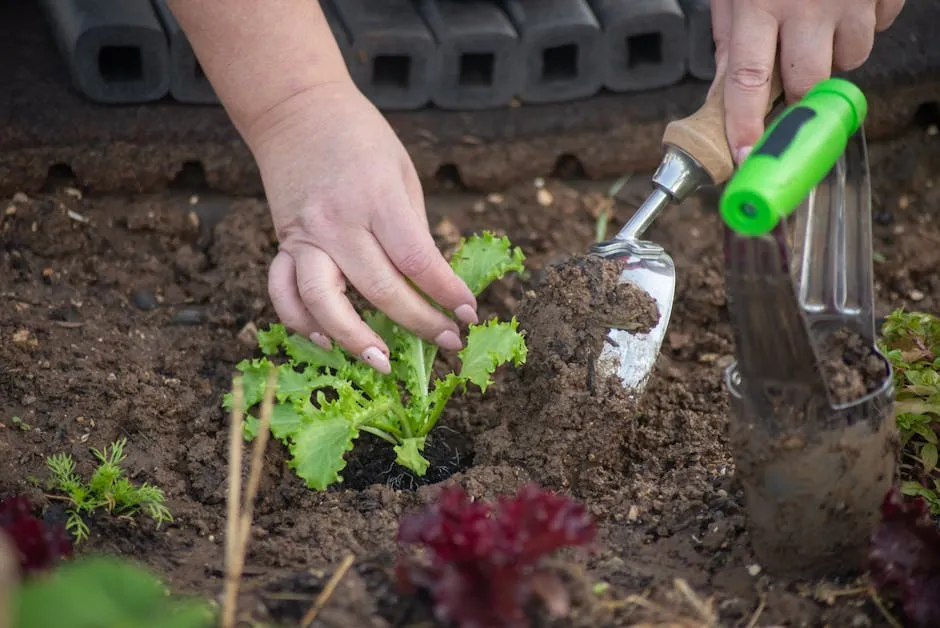
Understanding crop rotation can greatly benefit your garden’s health. Understanding crop rotation for healthier vegetables
Soil and Fertility Management
Healthy soil is the foundation of any thriving garden. Good soil composition ensures plants receive necessary nutrients. Test your soil to determine pH and nutrient levels. Amend it with organic matter to improve structure and drainage. To help with soil testing, consider a Soil Testing Kit.
Using organic fertilizers boosts fertility without harmful chemicals. Composting is a fantastic way to recycle kitchen scraps and yard waste. It enriches the soil and enhances plant growth. Regularly add compost to keep your garden vibrant and productive. To make the process easier, consider using Organic Fertilizer for Vegetables!

Maintenance of Your Gourmet Garden
Watering and Irrigation Techniques
Watering is crucial for your gourmet garden’s success. Best practices include deep watering less frequently. This encourages deep root growth, making plants more resilient.
Consider using drip irrigation or soaker hoses. These methods deliver water directly to the soil, minimizing evaporation. You can find a great Drip Irrigation Kit to help with this!
Proper drainage is essential. Ensure your garden beds have good drainage systems to prevent waterlogging. Excess moisture can lead to root rot and other issues. Balancing moisture levels keeps your plants healthy and thriving.

Pest Control and Organic Solutions
Gourmet gardens can attract unwanted guests. Common pests include aphids, snails, and spider mites. Fortunately, you have natural remedies at your disposal. If you’re looking for effective solutions, consider a Pest Control Spray (Organic) to keep your plants safe!
A simple soap spray can deter many pests. Mix water with mild soap and spray on affected plants. Neem oil is another effective solution. It disrupts pests’ life cycles without harming beneficial insects.
Biodiversity plays a vital role in pest management. A diverse garden attracts helpful creatures like ladybugs and birds. These natural predators can keep pests in check. Planting flowers alongside vegetables enhances this effect, creating a balanced ecosystem.
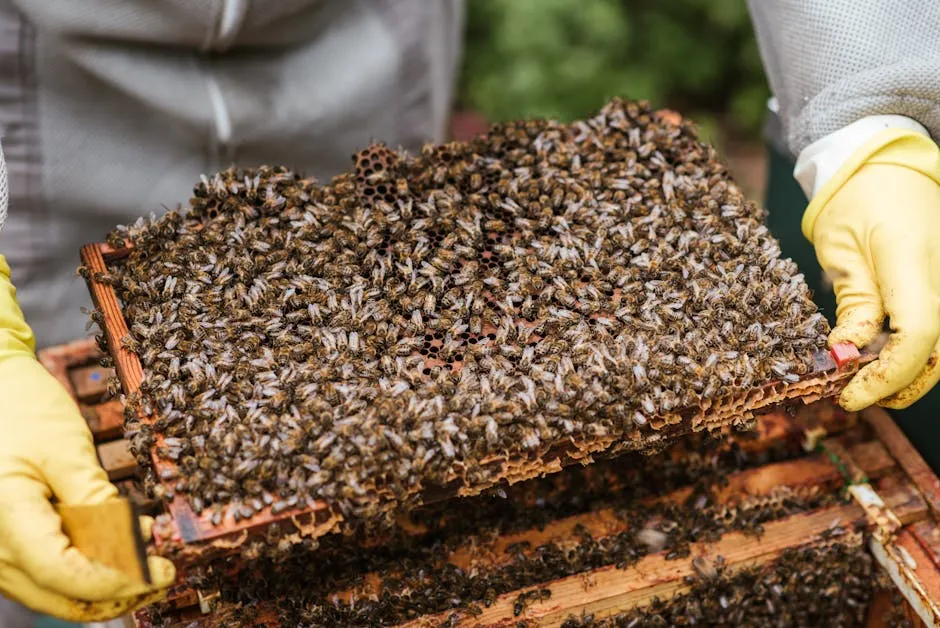
Harvesting Techniques
Knowing when to harvest is crucial for flavor. Look for vibrant colors and firm textures. For example, tomatoes should be fully colored and slightly soft to the touch.
To maintain flavor and nutrients, harvest in the morning. This is when plants are most hydrated. Use clean scissors or Pruning Shears for Plants to make cuts. This minimizes damage to the plant, promoting further growth.
Avoid washing produce until you’re ready to use it. Excess moisture can lead to spoilage. With these tips, your gourmet garden will provide delightful flavors all season long.
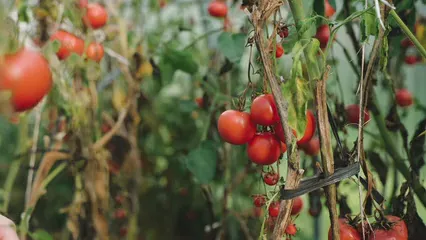
Meal Prep and Planning
Incorporating garden produce into your meals is both fun and rewarding. Start by planning your weekly meals around what’s fresh from your garden. List out your favorite recipes and check which ingredients you can harvest. This way, you’ll make the most of your harvest while minimizing food waste.
Consider batch cooking on weekends. Prepare sauces, soups, or stir-fries that you can freeze in portions. This not only saves time but also ensures you have healthy meals ready to go. For example, make a big batch of pesto with your basil and freeze it in ice cube trays for easy use later.
When it comes to preserving excess produce, you have several options. Canning is a great way to store fruits and vegetables for long periods. Make sure to follow safe canning procedures to keep food fresh. You can find Canning Supplies for Home Preservation to get started!
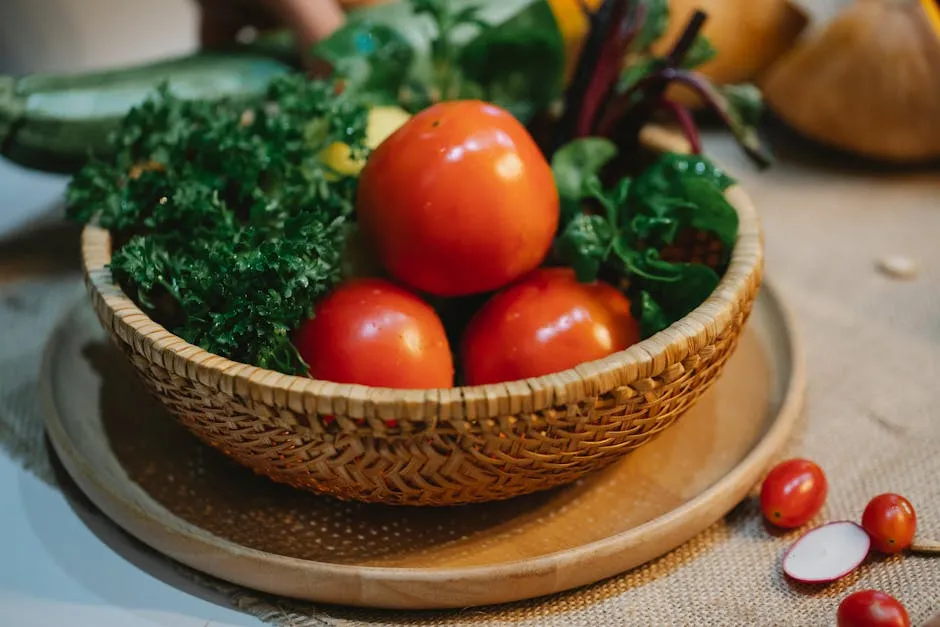
Community and Sharing
Building a Garden Community
Connecting with local gardening groups offers incredible benefits. Not only can you share tips and experiences, but you can also help one another troubleshoot issues. These communities often organize events, plant swaps, and workshops that can enhance your skills and knowledge.
Consider starting a community garden project. These spaces allow neighbors to grow together, share labor, and cultivate friendships. A community garden can provide fresh produce for everyone involved and create a sense of belonging. And to help with your community efforts, don’t forget to use Plant Labels for Garden Organization!

Sharing Your Harvest
Do you have surplus produce? Consider sharing with neighbors or donating to local food banks. It’s a wonderful way to reduce waste and help those in need. Many food banks appreciate fresh fruits and vegetables, and your generous contribution can make a significant difference.
Community sharing has a direct impact on food insecurity. By sharing your harvest, you can help provide fresh produce to families. This not only supports those in need but also fosters kindness and community spirit. And to make your sharing efforts even more eco-friendly, consider Compostable Trash Bags for Kitchen!
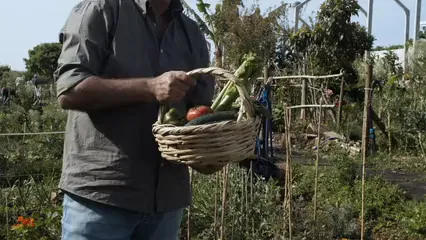
FAQs
What is a gourmet garden?
A gourmet garden is a space where you grow high-quality herbs and vegetables. These gardens focus on flavor and nutrition, often featuring a variety of plants that enhance culinary experiences.
Please let us know what you think about our content by leaving a comment down below!
Thank you for reading till here 🙂
All images from Pexels



